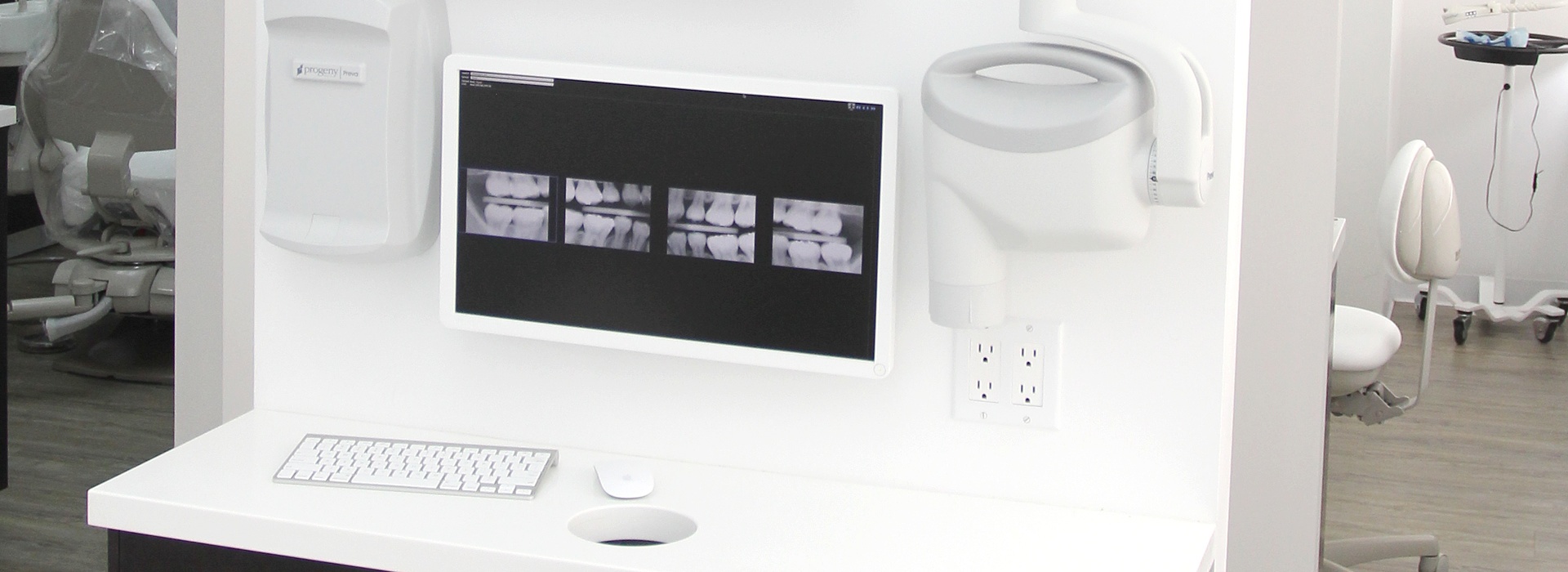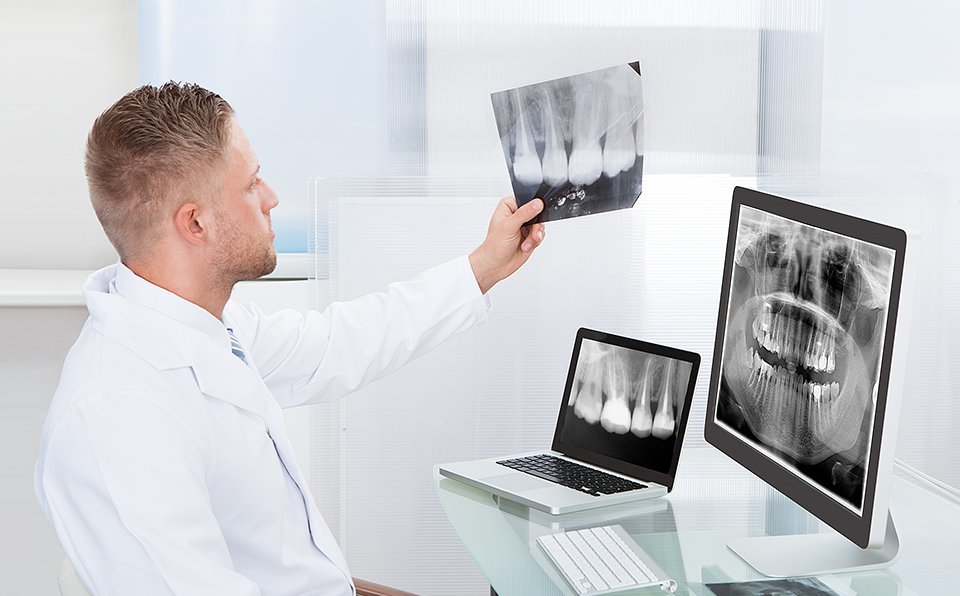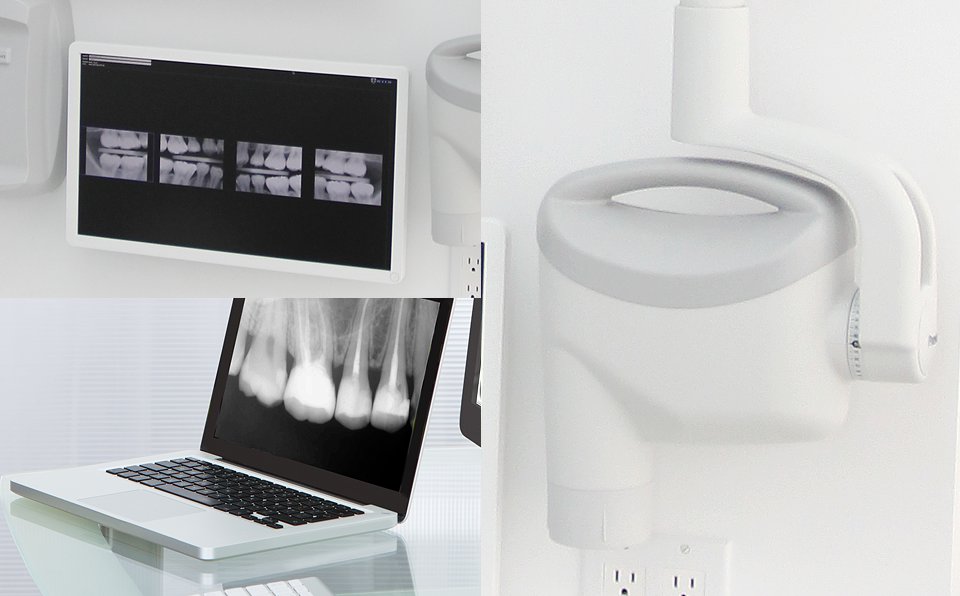Dental X-rays

Thanks to new technologies, patients may receive today a wide range of high quality pain-free dental
services. Digital X-ray is definitely one of them. It helps discover cavities and hidden dental
structures (like wisdom teeth, for example), which cannot be detected during regular visual
examination. Sometimes dental x-rays are used as a follow-up after dental treatment.
In Village Dental Medicine we use digital radiography, a high-tech
replacement for traditional dental X-rays, which emits lower amount of radiation, thus being safer
and more convenient for our patients.
Digital Dental Radiography Process
The process of digital radiography itself is similar to traditional X-rays with the exception that dental assistant inserts a digital sensor instead of traditional film into the patient’s mouth to capture image of his teeth. The sensor sends an image to the computer, to which it is connected. After seconds, image is projected on a screen for a doctor to view. Afterwards it is recorded and saved in your medical history file.


Benefits of Digital Dental X-Ray
The benefits of the digital x-rays are obvious. Digital radiography exposes patients to 90% less radiation than film X-rays. It produces higher quality image, which can be enlarged on the screen for better view. Color, contrast, brightness and other features can also be adjusted, making detection of cavities and other issues much easier. Dental X-rays are better for the environment since no chemicals are used to develop the film. Digital radiography saves your time – dental appointment gets shorter since you don’t have to wait until the film is developed, image of your tooth develops almost instantly. Digital X-ray images may be printed or emailed, making it much easier to transfer dental records among doctors.
